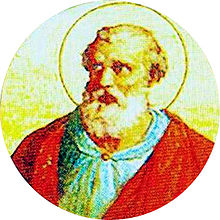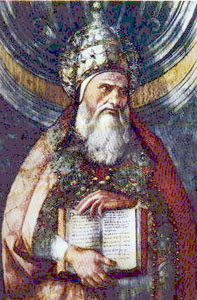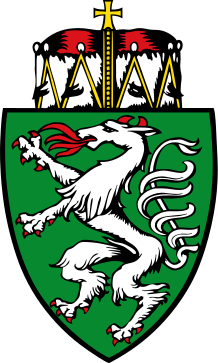Illustration: NEW LITURGICAL MOVEMENT
By Gregory Dipippo.
Saturday, 16 July 2016,
1200 hrs (Noon),
The Most Reverend Arthur J. Serratelli,
Bishop of Paterson, New Jersey,
will Celebrate an Extraordinary Form Pontifical Mass
at the Church of Our Lady of Mount Carmel,
located at 259 Oliver Street,
Newark, New Jersey.
On Saturday, 16 July 2016, starting at 1200 hrs (Noon), The Most Reverend Arthur J. Serratelli, Bishop of Paterson, New Jersey, will Celebrate an Extraordinary Form Pontifical Mass at the Church of Our Lady of Mount Carmel, located at 259 Oliver Street in Newark, New Jersey.
The Mass will be followed by an outdoor Procession through "The Ironbound" (Editor: District of Newark), with stops in front of private homes and businesses, then Solemn Benediction of The Most Blessed Sacrament in the Church.
In Royal Oak, Michigan, the Organisation Invictus Christus is holding a Eucharistic Procession, which will go for 2½ miles from The National Shrine of The Little Flower, 1621 Linwood Avenue, starting at 10:30 hrs, to Saint Mary’s Catholic Church. SEE THEIR WEB-SITE and the Poster, above, for more information.
The following Text is from INVICTUS CHRISTUS
The INVICTUS “Christ in the Streets” Eucharistic Procession is a 1,000-man Procession that carries Christ right through the heart of downtown Royal Oak, Michigan.
Illustration: NEW LITURGICAL MOVEMENT
Saturday, 16 July 2016.
1030 hrs.
National Shrine of The Little Flower,
1621 Linwood Avenue,
Royal Oak,
Michigan 48067,
United States
The following Text is from INVICTUS CHRISTUS
The INVICTUS “Christ in the Streets” Eucharistic Procession is a 1,000-man Procession that carries Christ right through the heart of downtown Royal Oak, Michigan.
The focus of the Procession is twofold: Reparation and Mercy.
Reparation for all those times that we, as men, have not been the men Christ called us to be. Times when we have not shouldered our responsibilities and duties as Spiritual Leaders within our homes. For times, when we have not carried Christ into the World.
Mercy, because we are the ones whom Christ has called; We are the ones that Christ has invited to carry His Cross and share in His Redemption of the World. Mercy because we have received Mercy from Him. Mercy because we were built to pour out His Love – it is our mission to own.
And, if the World is falling into darkness, and, if its vineyard has begun to die of thirst, it is because we have not loved as we have been loved.

The act of Processing with Christ is the first step toward our outward redemption.
It is to do what we have not done;
to love as we have not loved;
because we will have done it with Him.
See Web-Site CHRIST IN THE STREETS































